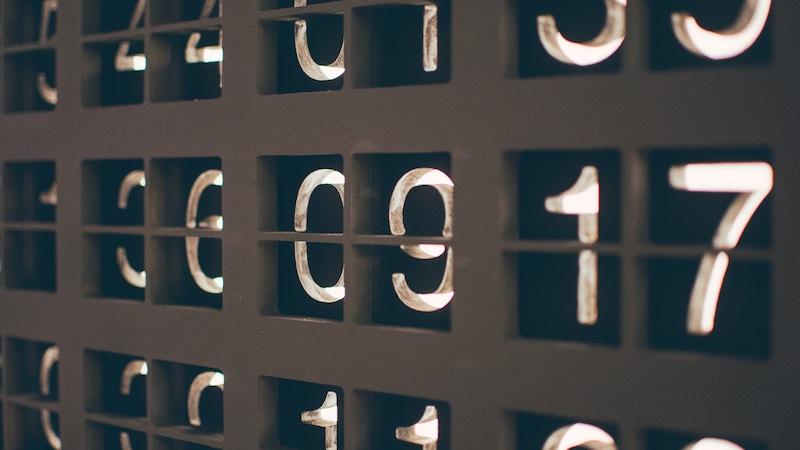Number Sense
Episode #6 of the course Everyday math by Jenn Schilling
Welcome to the sixth and perhaps most important lesson in Everyday Math! Number sense is what allows us to understand numbers and work with them in our heads. Without a strong number sense, we would not be able to make comparisons, manipulate numbers, or do mental math.
The Math
Number sense is our ability to make sense of mathematical terms and symbols. It is also the ability to make estimates and comparisons. For example, strong number sense allows us to compare quantities of different sizes, estimate the amount of time it will take to complete a task, and put numeric quantities in order. A strong number sense also enables us to make quick calculations and interpretations of mathematical numbers and symbols. Basically, improving our number sense allows us to have more flexibility in our mathematical abilities because it helps us see numbers visually and in different ways.
Number sense in arithmetic (addition, subtraction, multiplication, and division) helps us break up numbers in useful ways to make calculations easier. For example, multiplying 57 and 19 is rather challenging, but we can split up the two factors to make it easier. Let’s see how to do this.
First, we can separate 57 and 19 into sums of smaller numbers:
57 = 50 + 5 + 2
19 = 10 + 5 + 4
We can then represent the problem using rectangles to visualize the multiplication problems we need to compute as the areas of the rectangles:

Now, we can solve the easier multiplication problems and add all their products to find the product of 57 and 19:
10 × 50 = 500
5 × 50 = 250
4 × 50 = 200
10 × 5 = 50
5 × 5 = 25
4 × 5 = 20
10 × 2 = 20
5 × 2 = 10
4 × 2 = 8
500 + 250 + 200 + 50 + 25 + 20 + 20 +10 + 8 = 1,083 = 57 × 19
Another way to use number sense with this problem is to use friendlier numbers. For example, we could find 57 × 20 and then subtract 57 from that answer. 57 × 20 can be written as 57 × 10 × 2, which is equivalent to 570 × 2, which equals 1,140. Then, 1,140 minus 57 equals 1,083.
For additional examples of this multiplication technique, check out this great video from YouCubed. The same strategy can be applied in addition, subtraction, and division.
Everyday Applications
Number sense is useful in all kinds of everyday applications. Any time we want to do arithmetic (calculating a discount, adding, multiplying, working with fractions, etc.), the ability to break up numbers makes those calculations easier. Number sense also allows us to make quick estimations and comparisons. Instead of counting each item, with a good number sense, we can make quick visual estimates of the quantity. We make estimates frequently about time, as well as costs, and it is useful to understand these quantities in relation to one another. For example, the amount of time it takes to walk versus take public transportation to the grocery store.
To build your number sense, you can practice breaking up numbers in arithmetic. Look for opportunities to make numeric estimations and comparisons and make math more visual. A strong number sense will help you build flexibility and creativity in your mathematics! This topic is so important because without a strong number sense, math can become a series of memorization tasks, and students of mathematics can find it challenging to work with complex problems. In addition, in everyday life, number sense allows us to easily make estimates and compute mental calculations. For example, number sense can be used to estimate your total cost when shopping for groceries or clothes, and number sense helps us quickly estimate tips at restaurants.
Our next topic is division, which will continue building on number sense. See you then!
Share with friends

